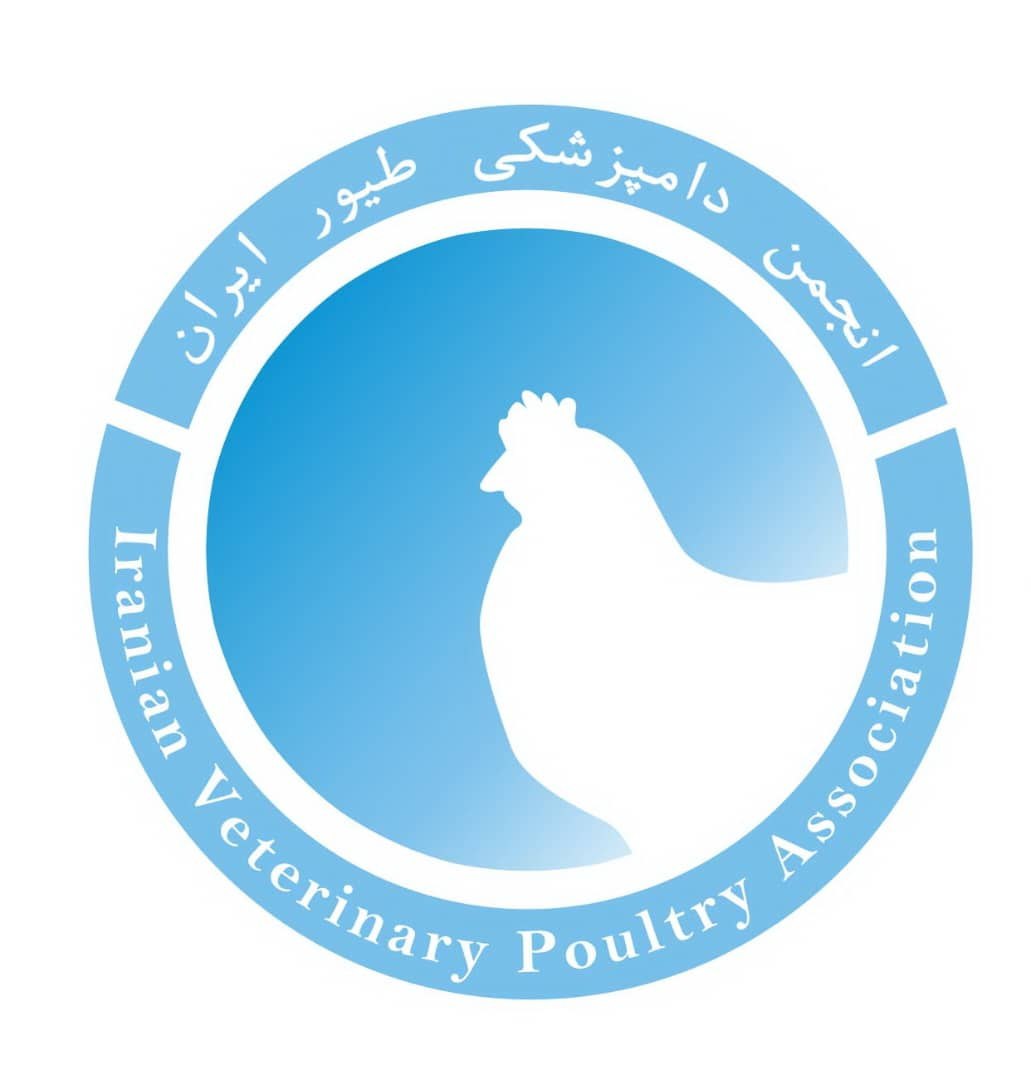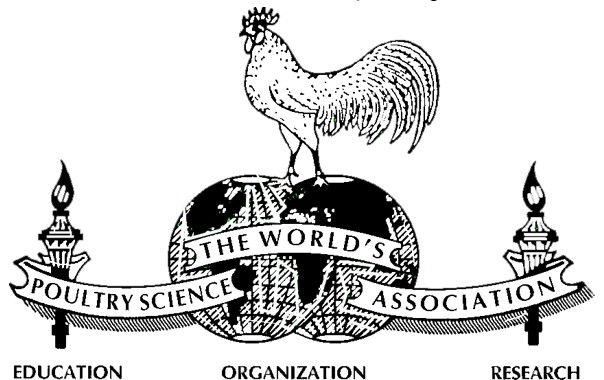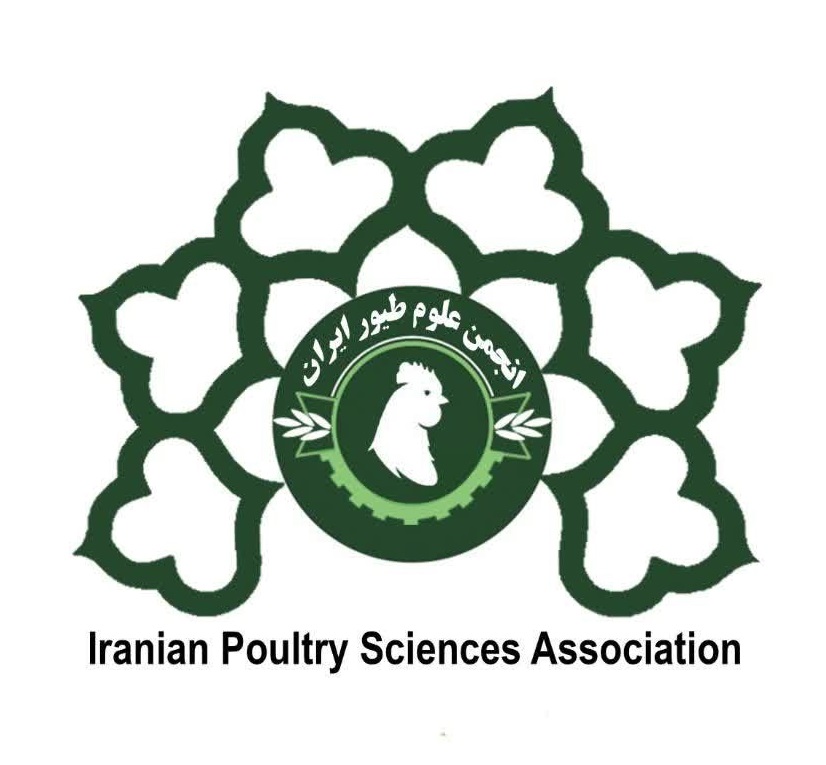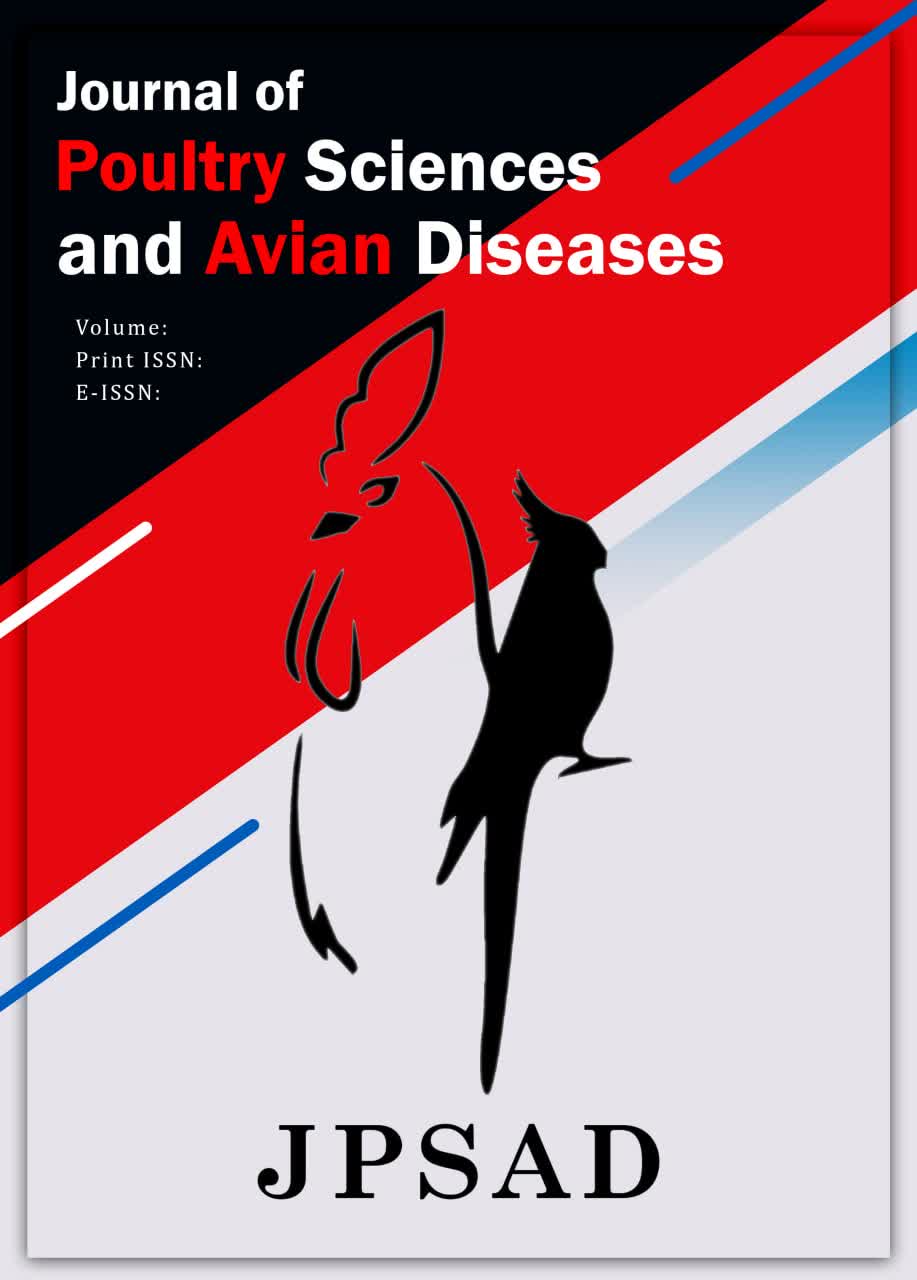Nigella sativa seed effect on immune response and broiler chick's performance
Keywords:
Nigella sativa, immunity, broilerAbstract
In recent years, the use of plant powder as a feed additive in poultry and animal production has increased. In the meantime, the Nigella sativa plant has analgesic, antibacterial, and immune-stimulating properties. In this, study the effect of Nigella sativa on the immune responses and the performance of vaccinated broiler chickens with Newcastle disease and infectious bursal disease was evaluated. The research was conducted on a poultry farm at the Middle Technical University, Kut Technical Institute, Iraq. One-hundred-and-eighty-day-old broiler chickens of Ross 308 were divided into three equal groups with four replications (subgroups included fifteen chickens). All groups were maintained under similar conditions. Food and water were provided ad libitum. Group one was the control, and group two and three birds were vaccinated against live attenuated ND and IBDV. Nigella sativa seeds were used as 1% powder in G3. Blood samples were collected from 15 birds of each group at 17 and 35 days of age. ELISA kits were used to detect the antibody titer against ND and IBDV. Body weight, mean weight gain, the feed, the mean daily feed intake, and Feed Conversion Rate (FCR) were determined weekly and over a period of 1–35 days. Statistical analysis of the data was performed using SAS 9.1. The antibody titer in G1 was not increased during the experiment. NDV and IBDV antibody titer in the G3 group was significantly more than group 2 (p < 0.05). The average body weight, feed consumption, and Weight gain during the five-week study in group 3 was significantly different and higher than other groups (p<0.05). The FCR in group 3 was significantly lower than in groups 1 and 2 (p<0.05). The present study confirmed that adding Nigella sativa to feed can be considered an alternative natural growth promoter for poultry instead of antibiotics and improve the immune system function against Newcastle disease and infectious bursal disease.
Downloads
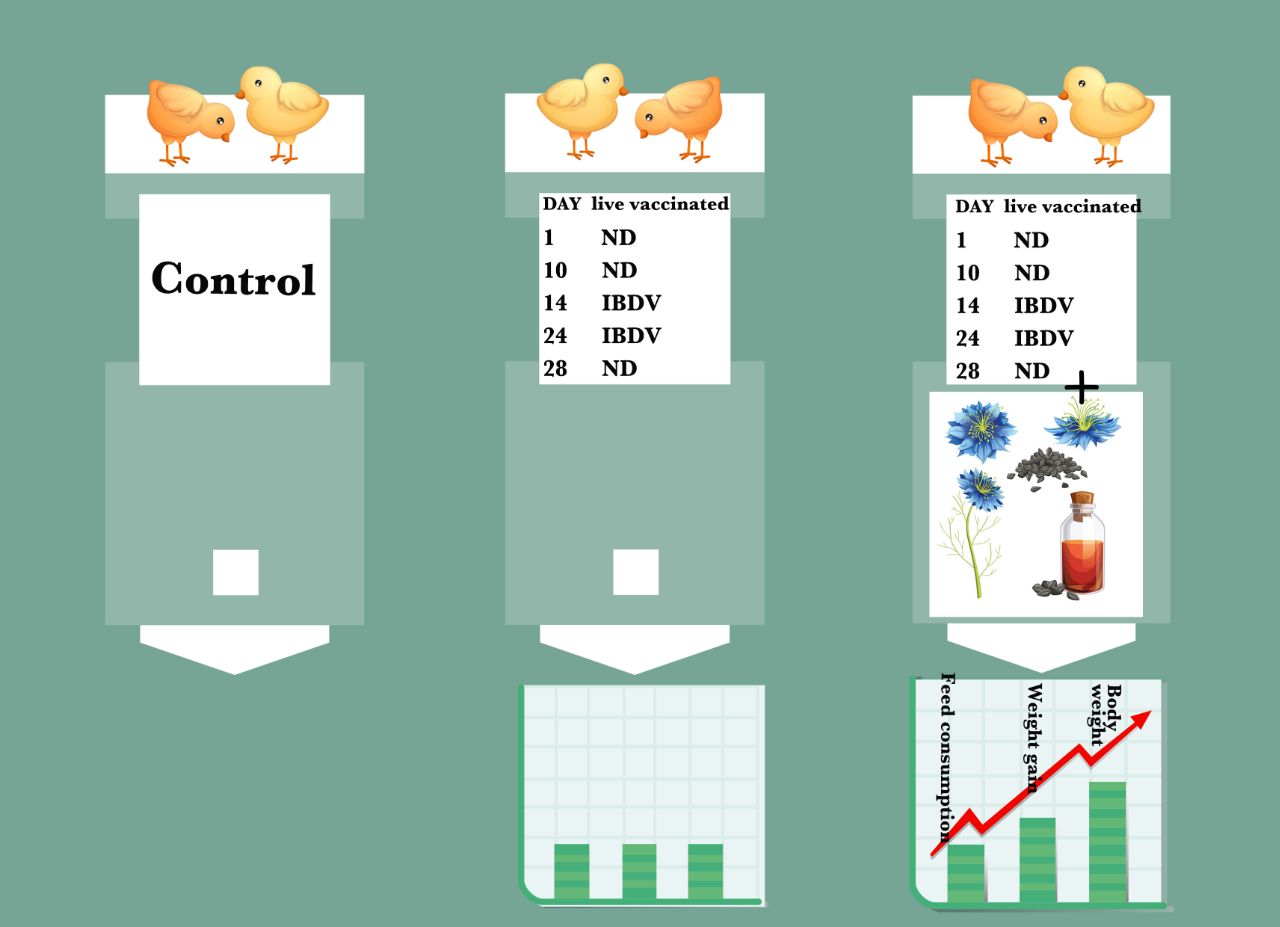
Downloads
Published
Issue
Section
License
Copyright (c) 2024 Prof. Mansour Mayahi, Dr. Zahra Boroomand, Dr. Mohammad Reza Ghorbani, Khalied Yassen Zakair AL-Zamily4 (Author)

This work is licensed under a Creative Commons Attribution-NonCommercial 4.0 International License.







